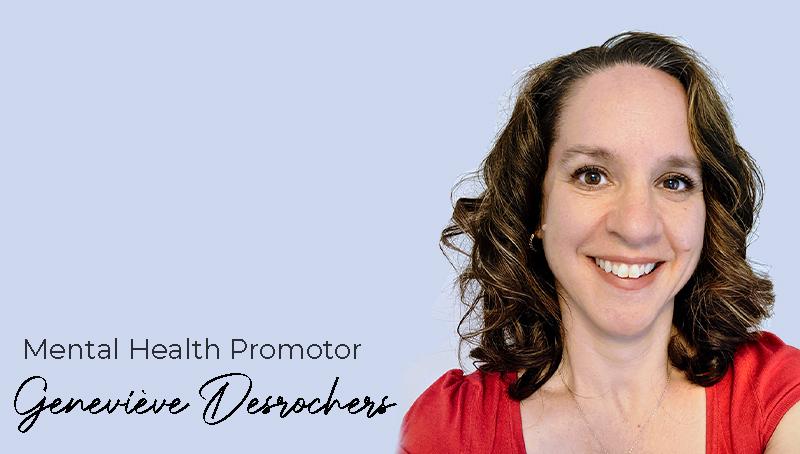
Submitted by: Canadian Mental Health Association Champlain East www.cmha.ca
Stress is a topic that we all talk about since we are all affected by it. Stress comes from both the good and the bad things that happen to us. In fact, stress is useful to keep us alive. It can motivate us to focus on a task, take action, solve a problem or even protect us from a danger.
However, stress may overwhelm us at times and make us feel like we can’t fix the problem. Ignoring the effects of stress can lead to mental health problems. This is why it is helpful to know some strategies to help us deal with stress.
There are various symptoms we can experience when we are stressed. Here are some of them: shortness of breath, sweating, palpitations, anxiety, anger, irritability, frustration, difficulty concentrating, reduced ability to make decisions, resorting to quick ways to deal with the situation (smoking, drinking, eating), sleep difficulties, headaches, and be more likely to get sick.
So what can we do to reduce our stress?
In their book Burnout: The secret to solving the stress cycle, Dr Emily Nagoski and Dr Amelia Nagoski provide great strategies, that are science based, to help our body return to a state of relaxation and complete the stress cycle (we complete a stress cycle when our bodies learn that
we are safe after facing danger). Here are the strategies they suggest:
Get active – This could be running, dancing, swimming, fast walk or any other physical activity you like. The Nagoskis note that exercise is ‘’your first line of attack in the battle against burnout’’. They suggest to aim for 20 to 60 minutes a day of exercise.
Breathing – Taking deep, slow breaths down-regulate the stress response, especially when the exhalation is long and slow. A simple breathing exercise is to breathe in to a slow count of five, hold that breath for five, then exhale for a slow count of ten, and pause for another count of five. You can do that three times. Notice how you feel after.
Talking to people we love – Deeper connection with a loving and beloved person who likes, respects, and trusts you and with whom you feel the same way, can be very helpful. A warm long hug, in a safe and trusting context, can also help your body feel less stressed.
Laughing – According to the Nagoskis, laughing with someone “and even just reminiscing about the times we’ve laughed together increases relationship satisfaction”. Moreover, neuroscientist Sophie Scott states that when we laugh, it helps maintain social bonds and regulate emotions.
Crying – Have you had the experience of going through a very stressful time, going to your room and burst into tears for ten minutes? Then you wipe your tears and your nose, take a long breath, and feel relieved from the pressure of whatever made you cry? The situation that caused your
stress might not have changed but your body feels more safe.
Engaging in creative activities – Engaging in creative activities such as arts in all forms (painting, sculpture, music, theater, storytelling, knitting, etc.) can lead to more energy, excitement, and enthusiasm. Arts create a context that allows and encourages the expression of big emotions.
Calm – Finally, when you are stressed, I suggest using the free mindfulness application called Calm. This application provides guided meditations and can teach you a variety of tools to help you stay centered throughout your day.
Do you need more help?
Contact a community organization like the Canadian Mental Health Association to learn more about support and resources in your area.
The information provided is not a substitute for professional advice. If you need advice, please consult a qualified health care professional. For further information or if you want to access our services at CMHA, please call 1-800-493-8271 or visit our web site at www.cmha-east.on.ca. If you are thinking of suicide, please call 1-833-456-4566 toll free in Canada or dial 911.


